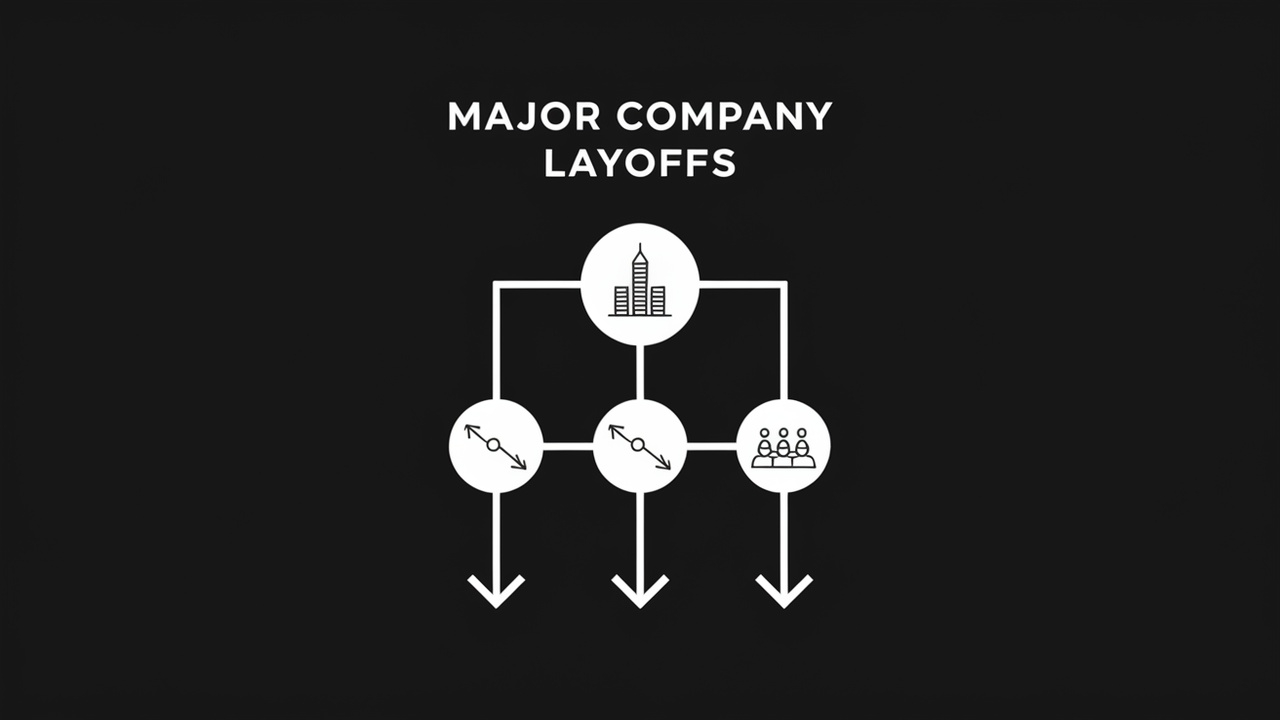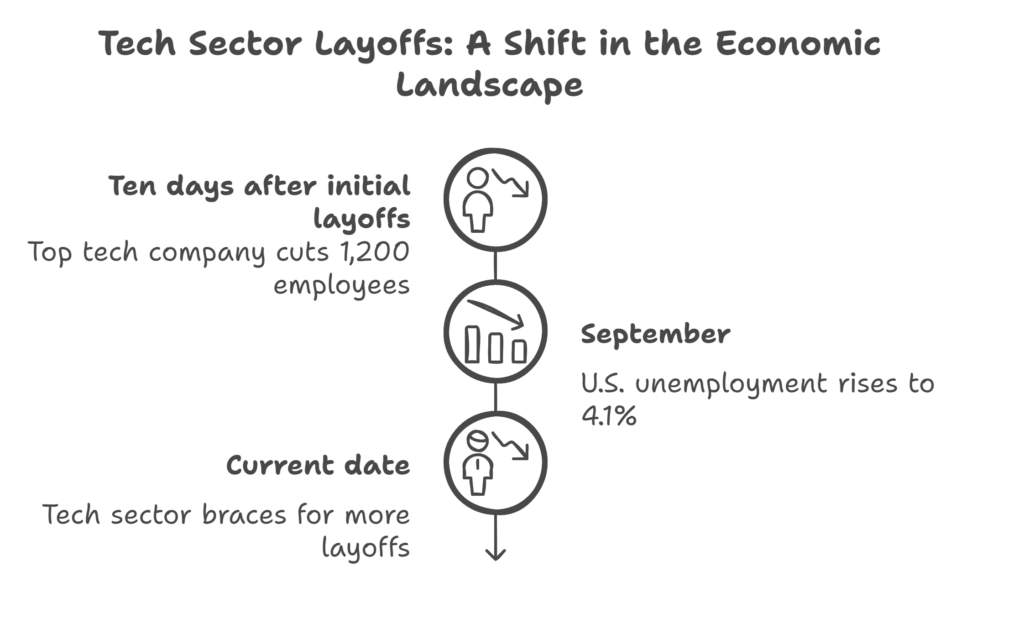Howie: Major layoffs issued by public companies
In a frenzy of employee layoffs, several large companies in the United States — from tech companies to some of the biggest names in retail — are cutting staff this week beginning March 10, 2025, in places like San Francisco and New York.

The layoffs, which will impact thousands, arrive as firms prepare for economic unpredictability resulting from higher inflation and retreating consumer spending.
Tech Sector Feels the Pinch
The rash of layoffs began with the big names of Silicon Valley. Ten days later a top tech company cut 1,200 employees, blaming “market shifts.” The cloud provider’s stock tumbled 5% in a day. Analysts cite a cooling tech boom, with venture capital drying up and ad revenues shrinking. Smaller start-ups soon joined, including a San Francisco-based app developer that laid off 300 people — half of its staff. “We are tightening our belts to survive,” a spokesman said.

The U.S. Bureau of Labor Statistics reported a small rise in unemployment in September, to 4.1%. That figure has potential to rise further as these layoffs propagate. Walk into almost any office in the tech world and you will find similar pictures: Once a job-creation engine for the U.S. economy, the tech sector is now bracing for layoffs and cost-cutting after pandemic-era hiring sprees left many companies overstaffed, experts say. So has inflation, which is running at 3.8 percent, which has squeezed budgets and forced many firms to rethink growth plans.
The Trend Expands to Retail and Manufacturing
It’s not just tech. Widespread cuts were also announced by retail chains and manufacturers. On March 12, a national retailer closed 50 stores, eliminating 2,000 jobs in the Midwest. “Sales [are] down, costs [are] up,” CEO Janet Harper said in a press call. “We really have no choice but to adapt.” Factories in Ohio and Texas also eased up, including one auto parts supplier that cut 800 after a big client dialed back orders.
The timing matches with ominous economic signals. The Dow Jones plummeted 1,400 points this week, a 4 percent decline, as investors panicked about interest rates increases. Consumer confidence fell to a two-year low, according to the Conference Board, as shoppers scaled back on expensive items. These layoffs might stoke that trend further, reducing the number of dollars sloshing around an already-brink economy.
Why Now? Experts Weigh In
Economists link the layoffs to a combination of factors. Interest rates currently sit at 5.25% and are climbing, which translates into more expensive loans for companies. Supply chain hangover persists, pushing up production costs. And world demand has weakened instead — exports fell 3 percent in February, according to the Commerce Department. “Companies are on the defense,” said Mark Reynolds, an economist at Stanford University. “They’re trimming now to avoid greater losses down the road.”
Some see a silver lining. Companies can seize this moment to pivot, pour resources into automation or new markets. But the pain is immediate for at least the workers. Job fairs are being held in afflicted cities, and online forums are abuzz with resume advice. For still other workers, options seem slim with hiring slowing across the country.
What’s Ahead for Workers and Markets?
The layoffs signal tougher challenges ahead. If consumer spending continues to slide, others could soon follow. Next week, government data should provide a clearer picture of the damage; analysts expect unemployment to approach 4.5 percent by summer. For now, employees impacted are left in the dark, while investors will look for signs of a recovery.
On the other hand, some companies signal resilience. Some tech leaders will move laid-off workers to contract work instead, making the hit a bit softer. Others could vacuum up talent for lower wages, leading to a hiring mini-boom in specialty fields like green energy. Yet the mood is cautious. In Reynolds’ assessment: “We’re not out of the woods yet.”a